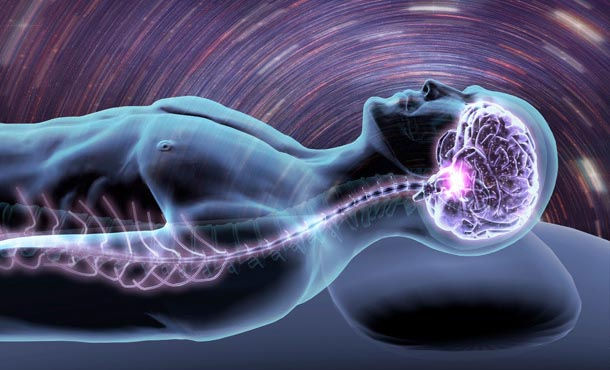Cerebral Palsy (CP)
- Nusrat Mahzabin

- Jan 30, 2023
- 2 min read
Updated: Jan 30, 2023

Cerebral Palsy (CP) is a group of disorders that affects a person's ability to move and maintain balance and posture. CP is the most common motor disability in childhood. CP is caused by abnormal brain development or damage to the developing brain that affects a person's ability to control his or her muscles.
The symptoms of CP vary from person to person. A person with severe CP might need to use special equipment to be able to walk or might not be able to walk at all.
All persons with CP have problems with movement and posture. Many also suffer from intellectual disabilities, problems with visions, hearing or speech, changes in the spine(scoliosis) or seizures.
Types of Cerebral Palsy:
Depending on which areas of the brain are affected one or more of the following movement disorders occurs:
•Stiff muscles (spasticity)
• Uncontrollable movement (dyskinesia)
• Poor balance and coordination (ataxia)

Causes:
•Gene mutations
•Maternal infections
•Foetal stroke
•Bleeding into brain
•Traumatic head injury
• Lack of oxygen
Risk factors:
A number of factors are associated with an increased rate of CP.
Mental health: Certain infections on toxic exposures during pregnancy can significantly increase CP risk to the baby. Inflammation triggered by infections or fever can damage the unborn baby's developing brain.
Factors of pregnancy and birth:
Pregnancy or birth factors associated with increased CP risk includes- low birth weight, multiple babies, premature birth, delivery complications.
Some of the cases of CP are preventable through immunisation of mothers and through efforts to prevent head injuries in children such as through improved safety. There is no known care for CP but supportive treatment, medication and surgery may help many individuals. They may include physical therapy, occupational therapy and speech therapy. Medications such as Baclofen, Botulinum toxin may help relax stiff muscles.
References:
Principles of Neural Science,6th edition,Eric R Kandel




Comments